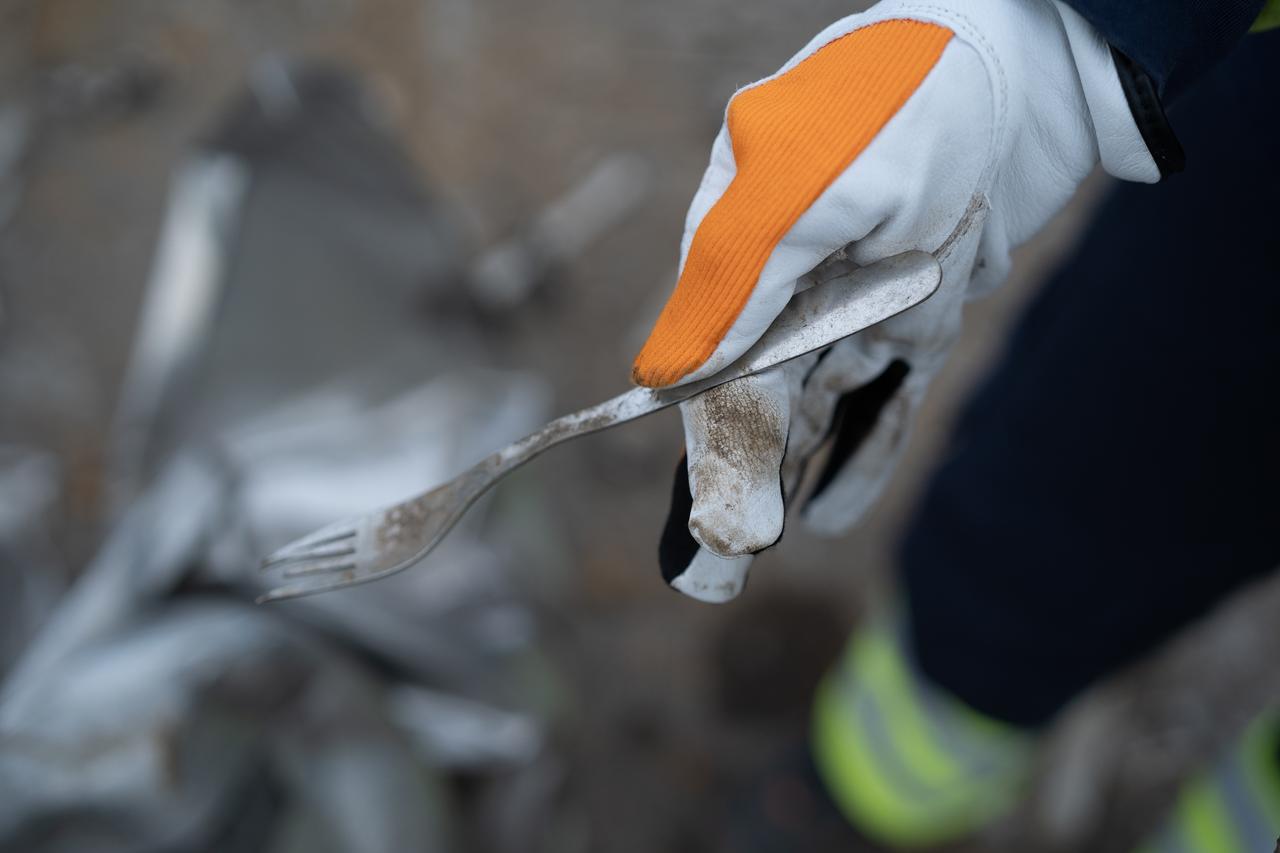Sustainability and circularity are inextricably linked.
What does sustainability mean for businesses? Put simply, it refers to the need to balance environmental, social, and economic aspects. Although sustainability is deeply complex, it can be achieved by embracing straightforward principles such as circularity. By creating and participating in circular economies, businesses can not only improve their own sustainability, but also help build a better world for all. But what, exactly, is circularity?
“The planet cannot sustain the kind of consumption we’re experiencing at the moment,” says Juha Erkkilä, VP, Group Sustainability at Outokumpu.
What is then the alternative? To understand where we need to go, we should look at where we’ve been.
Traditionally, most models of business and consumption have taken a linear form in which resources are used and then discarded. This is sometimes described as a “cradle-to-grave” or “take, make, waste” model. A circular system, by contrast, relies heavily on recycling, where used products are broken down into their raw materials, which can then be repurposed. This is also known as a “cradle-to-cradle” approach.
“Many of us already recycle and use recycling-enabled products in our daily lives. Companies need to re-use and recycle as much as possible, by using existing resources and raw materials more efficiently – to provide more sustainable alternatives for consumers. However, there’s a long way to go before we reach the degree of circularity that long-term sustainability requires. And in order to get there, we’ll have to overcome various challenges,” Erkkilä points out.
Some of the major technological challenges revolve around learning to recycle additional types of materials and increasing the overall availability of recycled raw materials. Then, there are logistical challenges related to the deployment of capable waste management and recycling infrastructure across the globe and adapting supply chains to the demands of a more circular economy. Finally, there will be human-centric challenges that arise out of the need to change our collective habits of consumption.
Recycling and circular economy will also require the consideration of manufacturing goods that have a long life cycle. World does not need more things but things that last. Ideally the long-lasting components are then ultimately turned into new goods with even longer lives with a minimal amount of primary production and then we are working towards reducing the amount of resources that are needed to keep us going.
As we solve these challenges one by one, we will get ever closer to a world that could, in theory, exist indefinitely while using a finite amount of resources. Creating those solutions, of course, will take time and investments. More fundamentally, however, it will require risk-taking and a strong commitment to sustainability from key stakeholders who can lead the way.
“Accelerating the circular economy is vital so that we can reuse materials again and again to build a more sustainable environment for ourselves, our children and our grandchildren,” says Erkkilä.
Our bold vision – a truly circular, waste-free model of stainless steel economy
As the global leader in sustainable stainless steel, Outokumpu has a responsibility to display the type of courage and commitment that circularity demands. The properties of stainless steel make it a crucial component of our built environment, and as such, a major part of the global economy. Because of this, the stainless steel industry must not only strive to decarbonize, but also to position itself on the front lines of the push for circularity.
Fortunately, stainless steel naturally lends itself to this endeavor. It is not only 100% recyclable, it can also be made almost entirely from recycled raw materials, allowing its lifespan to be extended indefinitely. Over the course of many decades or better yet centuries, the same bit of stainless steel might be found, for instance, in a piece of plumbing, a building façade, a surgical instrument, a kitchen appliance, and an art installation.
Outokumpu already recycles approximately 2.5 million tons of metal annually – equivalent of 250 Eiffel Towers each year. The company’s mill in Tornio, Finland – the largest material recycling center in Europe – takes a bit over half of it. The company leads the industry with the recycled content of as high as 94% on average (2022). Along with lowest carbon footprint ferrochrome production and the use of low-carbon electricity in manufacturing, this contributes to an overall carbon footprint for the company that is 70% lower than the global industry average.* This difference translates into more than 10 million tons of CO2 savings for Outokumpu’s annual production compared to the industry average.
“Steel-to-steel isn’t the only form of circularity that Outokumpu is encouraging the industry to pursue, however. The broader vision is to also set benchmarks for the recycling and reuse of waste generated during steelmaking, such as slag, tailing sand, dust, and sludge. This entails taking an innovative approach to new product development, materials recovery, and value chain organization in order to create a truly circular, waste-free model of stainless steel production,” Erkkilä envisions.
End users of stainless steel products appear primed to help the industry make this leap. Commercial buyers are often seeking opportunities to lower their own carbon footprints and comply with ESG and sustainability standards, while surveys indicate that individual consumers are increasingly interested in contributing to a more circular economy. Turns out these interests are not conflicting at all.
Through bold innovation, progressive thinking, and meaningful collaboration, Outokumpu believes this goal – and the possibility of a circular stainless steel economy – is achievable.

*) Outokumpu average carbon footprint: 1.70 t/ton of crude steel. Global average: 6.1.

